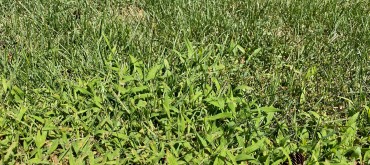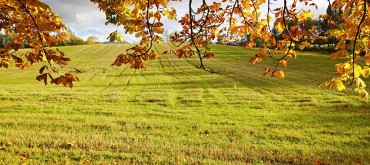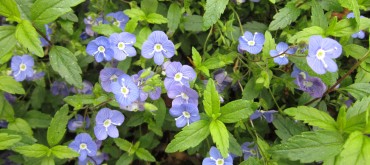Problem
The most common grubs that feed on grass roots are the June beetles, the European chafer and the Japanese beetle. Grubs are white in colour, C shaped and can vary in length depending on the species, ranging from 1-4cm with a life cycle of 1-3 years. Grub damage can be spotted by irregular patches of grass turning brown or animals such as skunks and raccoons digging up your lawn. To uncover grubs you can also cut 3 sides of a square of turf to lift and look for grubs. They can also feed on crops, shrubs and tree seedlings.
Solution
The best defence against grubs is a healthy lawn. If your lawn is fertilized regularly, mowed accurately and irrigated properly you can ensure that the plants ability to grow new roots is maintained, thereby reducing the resulting damage. First and foremost, watering deeply but less frequently will allow the roots of your grass to deepen and your lawn will be able to grow new leaf blades as well as repair itself quickly from any insect feeding. One inch of water once a week between 4am to 7am is crucial to maintain active growth. Proper mowing is also very important, you should never cut more than 1/3 of the grass blade off at any time to avoid shocking the grass plant. Keep your lawn around 3” long to make sure your grass doesn’t start using its food reserves, which will impact how quickly it recovers.





